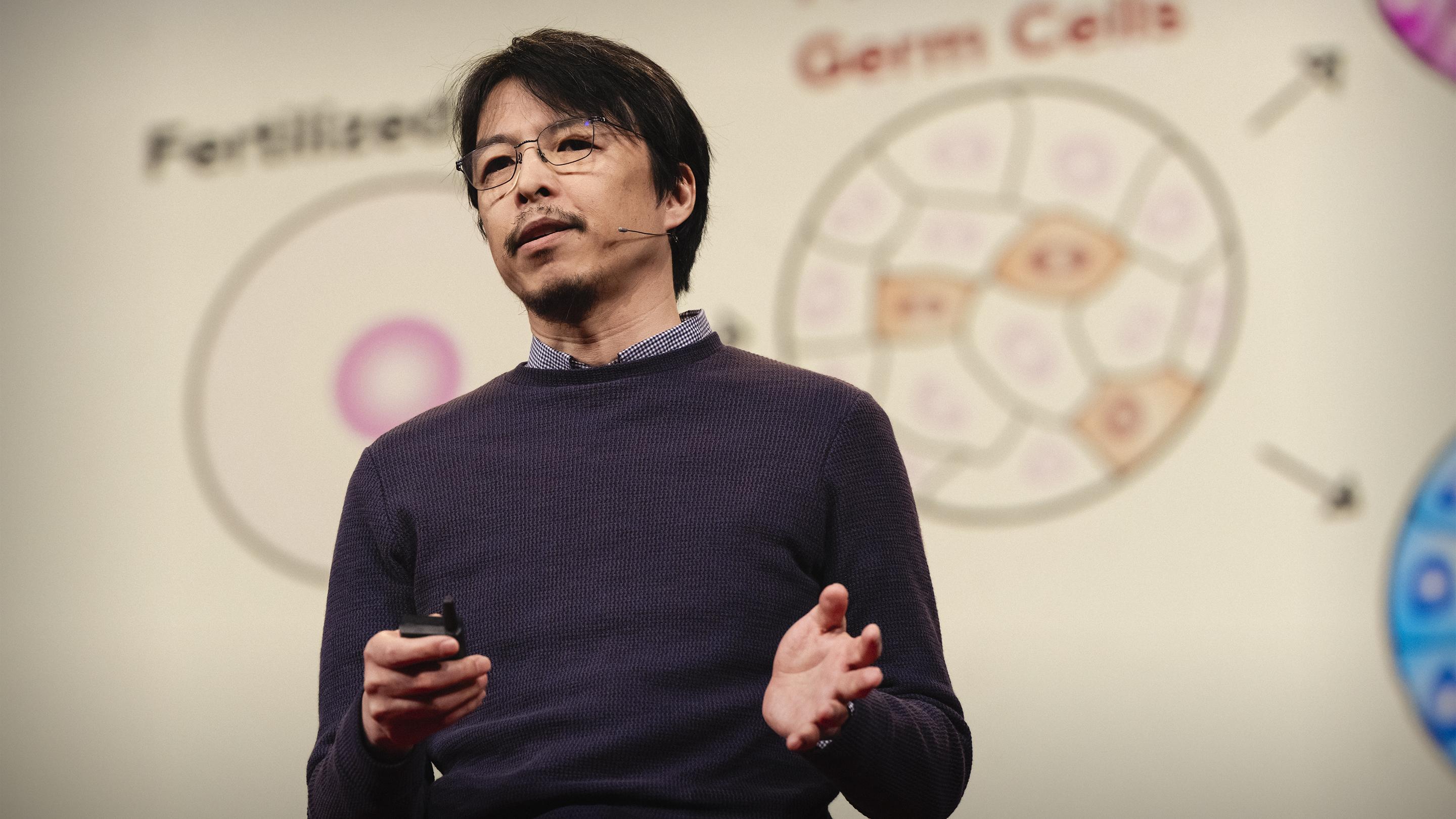
A mouse with two dads — and a new frontier for biology | Katsuhiko Hayashi

TED Talks Daily
Key Insights
Why is the germ cell lineage important in biology?
Germ cells are the only immortal cells in the body, ensuring the perpetuity of life through generations. They are crucial for reproduction and maintaining biodiversity.
What challenges do current reproductive technologies face?
Current assisted reproductive technology requires sperm and egg to be obtained from the body. If these are not available, there are no options for reproduction.
How does in vitro gametogenesis (IVG) work?
IVG uses pluripotent stem cells, which can differentiate into any cell type, to create germ cells (sperm or eggs) outside the body. This process mimics natural development signals.
What are the potential applications of IVG beyond human reproduction?
IVG can help preserve endangered species by creating germ cells from easily collectable cells like skin cells. It can also aid in livestock reproduction to prevent economic losses.
How can IVG contribute to the preservation of endangered species like the northern white rhinoceros?
Researchers are using IVG to generate egg precursors from northern white rhinoceros pluripotent stem cells, aiming to create a mini-ovary system to mature these precursors into viable eggs.
What is the significance of the ability to switch sex chromosomes in IVG?
By switching sex chromosomes, IVG can bypass sex-dependent reproduction, allowing the creation of germ cells from two fathers or two mothers, expanding reproductive possibilities.
How did researchers create mice from two fathers using IVG?
Researchers converted male skin cells into induced pluripotent stem cells (iPSCs) with XY chromosomes, then selected rare iPSCs with XX chromosomes to create eggs. These eggs were fertilized to produce healthy mice.
What future possibilities does IVG open up for human and animal reproduction?
IVG could enable reproduction from two fathers, two mothers, or other combinations, potentially revolutionizing assisted reproductive technologies and conservation efforts.
Chapters
- IVG involves replicating the germ cell formation process outside the body using pluripotent stem cells.
- Mature eggs and sperm can be generated from mouse pluripotent stem cells, capable of fertilization and producing healthy offspring.
- This technology could be applied to various mammalian species, including humans, livestock, and endangered animals.
Shownotes Transcript
You're familiar with the story: a sperm and an egg meet to create an embryo, which has the potential to give rise to new life. But what if you could create a sperm or egg from any cell, even a single skin cell? Biologist Katsuhiko Hayashi discusses the science of in vitro gametogenesis (IVG) — an experimental technique for creating lab-made sperm or eggs out of just about any type of cell — and explores its implications for endangered species, human reproduction and more.